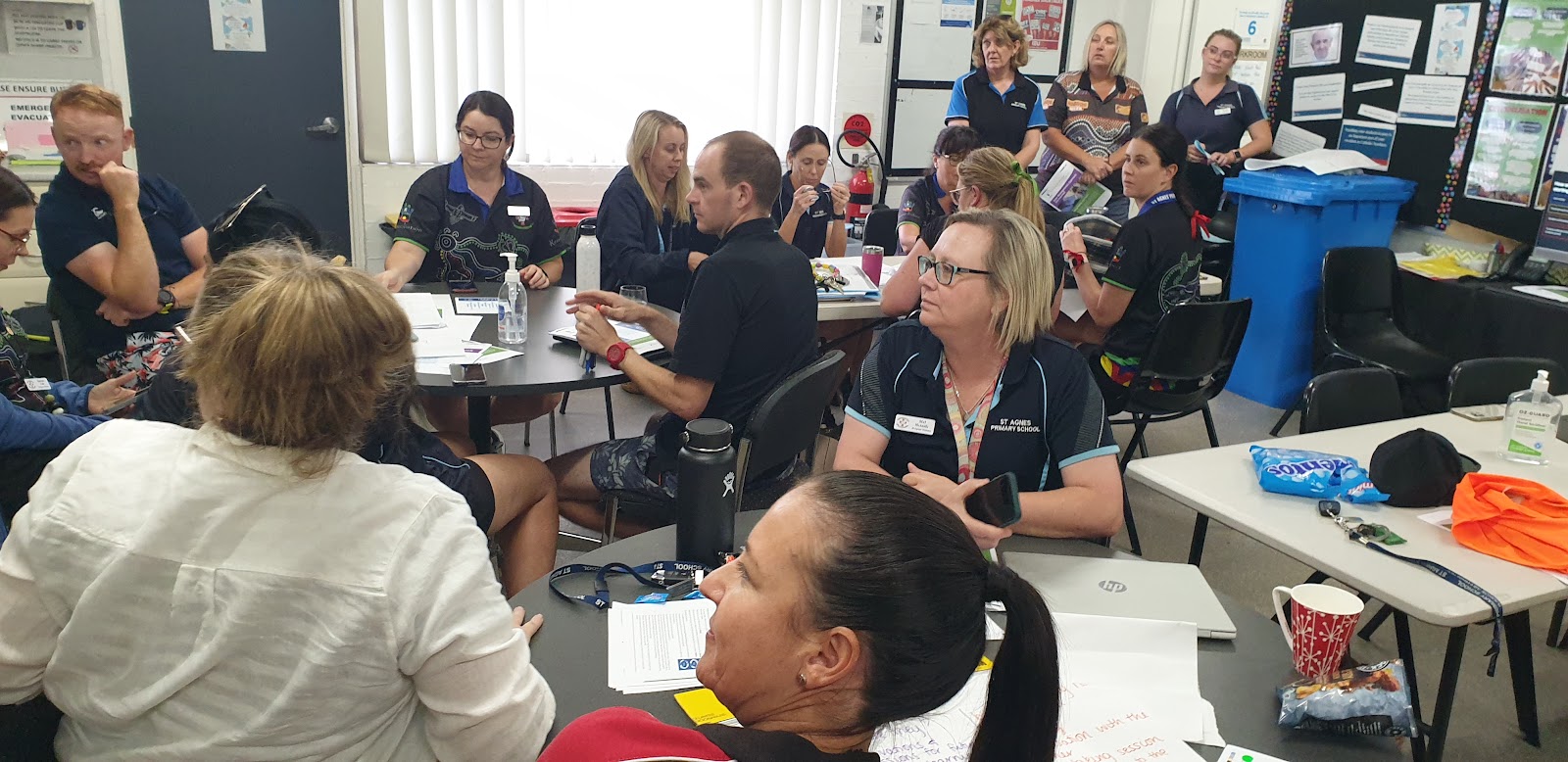To begin our day we started in prayer reflecting on the 'call' that is teaching.
And connected the words of God to our work with the Learning Collaborative.
We shared a holiday reading that resonated deeply with us.
We connected to the reading and suggested the same is true of you - our staff. We asked: Are you a teacher? You enrich the lives of young people every day! Perhaps at times it is difficult…. You are doing important things, contributing your own small piece to the world we live in. We must never forget this. YOUR efforts today will affect people you will NEVER know. It is your choice, whether that effect is positive or negative. You can choose EVERY day, EVERY minute, to act in a way that may uplift a stranger, or else drag them down. The choice is easy. And it is yours to make.
Eddie’s words within the book are a call to action. He does not believe he is an overly religious man, however as you read this book we can clearly see the face of Jesus actively living through Eddie. His message is of kindness and compassion over hate, of love taking action, to give to those less fortunate and care for others always.
He is unrelenting is his Mission, not only to survive, but to ensure that those around him do too, that all people have the chance to lead a full and fulfilled life. Eddie actively lives social justice, even in the face of atrocities. Connections could be made clearly to our Diocese Fullness of Life framework.
The following slides were then shared.




Staff sat in the learning space. Lyn Sharratt refers often to the phrase, ‘Short, sharp and shiny.’ The Learning Collaborative team facilitated through ‘Think, Pair, Share' what staff gained from reading Chapter 1.
Key ideas shared included: The focus research says around high expectations, using data to inform instruction and the importance of shared responsibility and collaboration. It was affirming how the text linked in with learning we had already done (such as the use of Professional Learning Teams to build collaboration) but challenged us to consider how we could do these better. Connections in the text could also be drawn with effective whole-school decision making processes and procedures for school improvement, known as the Building Cultural Capacity framework. It was highlighted how we have room for growth around ownership of all the faces of our school (that everyone knows every child and that they can succeed in multiple contexts) and use of the 3rd teacher in the classroom (i.e. What is on the walls). We had questions around the parameters, particularly 1, 6, 14 and why they are non-negotiable. Our wonderings when reading the text were around how learning walls were co-created and become interactive and where TAs fit into this plan (e.g. will TAs be using data walls in their meetings, will they come to PLTs?).












Comments
Post a Comment